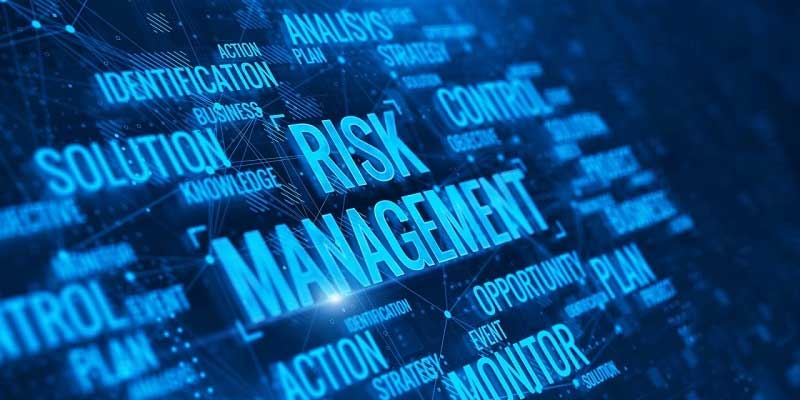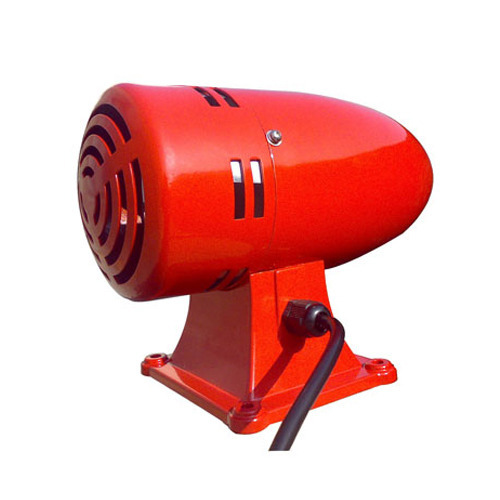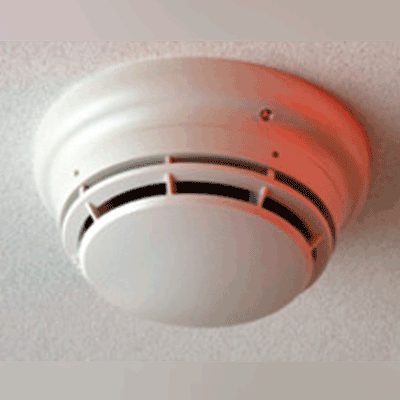Schedule a Call Back
Navigating industrial risk management in the age of Industry 4.0
 Articles
Articles- Jun 14,24

Related Stories

Collins Aerospace Opens Major Manufacturing Hub in Bengaluru
New 26-acre facility to produce advanced aerospace systems for global markets.
Read more
Salvagnini Achieves 4,000 Panel Bender in Global Operations
Salvagnini Maschinenbau marks a major milestone with its 4,000th panel bender, strengthening its long-standing leadership in automated panel bending technology for global sheet-metal manufacturers.
Read more
HANNOVER MESSE Launches New Defence Production Area in Hall 26
This new platform fosters direct connections between suppliers and users, facilitating targeted dialog on industrial production for security-critical applications.
Read moreRelated Products

Grey Polka Dash Board Covers
Elegant Auto Accessories offers a wide range of grey polka dash board covers.

Fire Protection - Industrial Sirens
Amit Safety Enterprises offers a wide range of fire protection industrial sirens.
Read more
Fire Alarm Sysytem
Nayakson Security Systems is offering a range of fire alarm, intrusion alarm and gas alarm systems.















